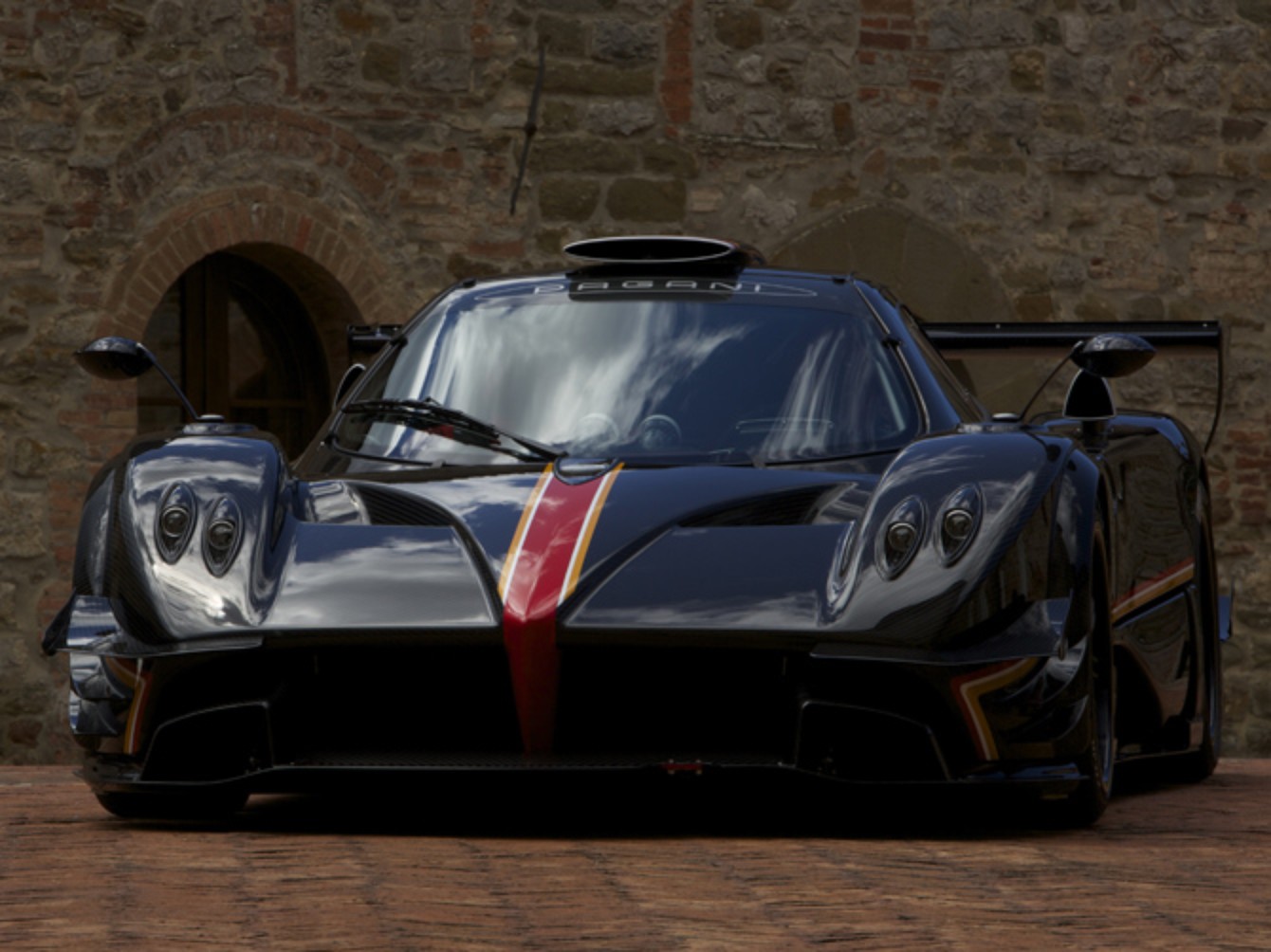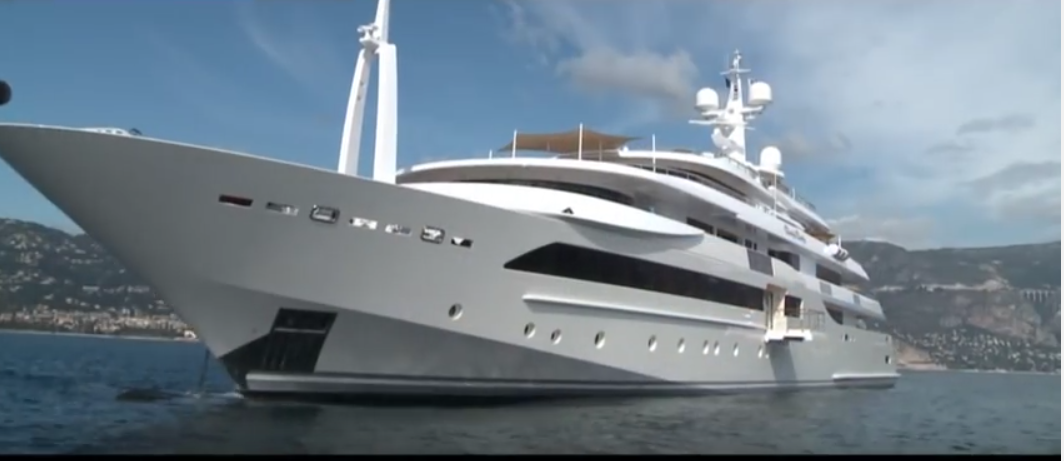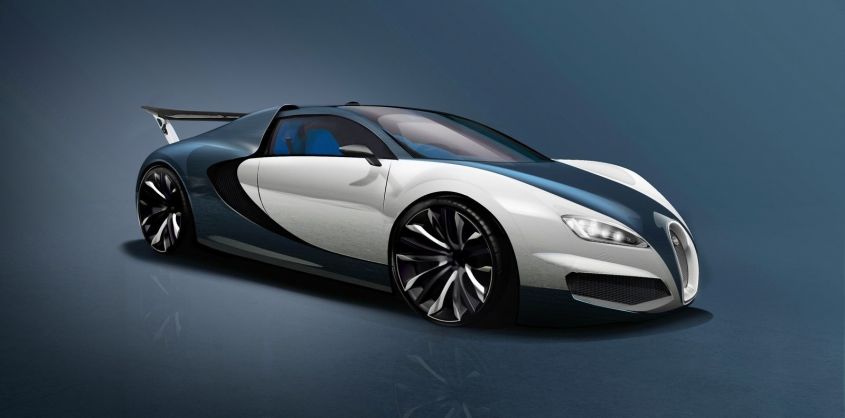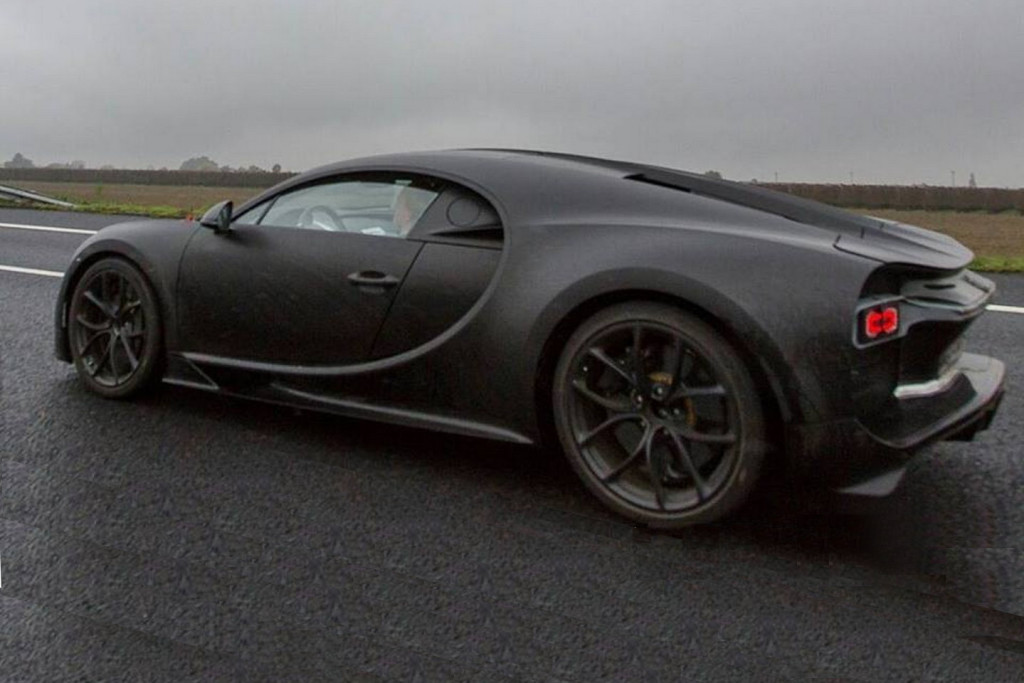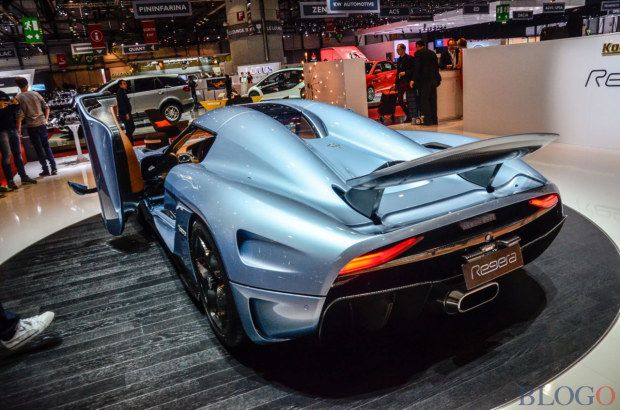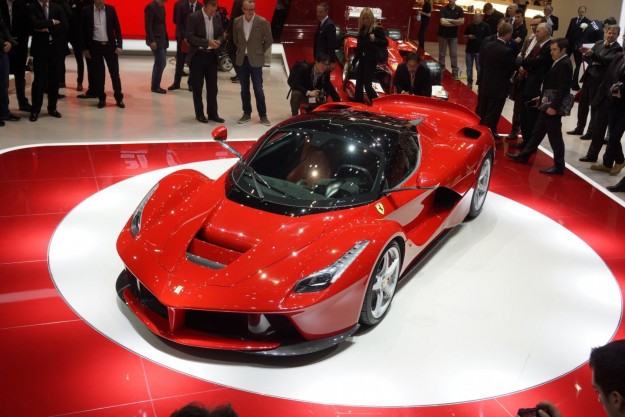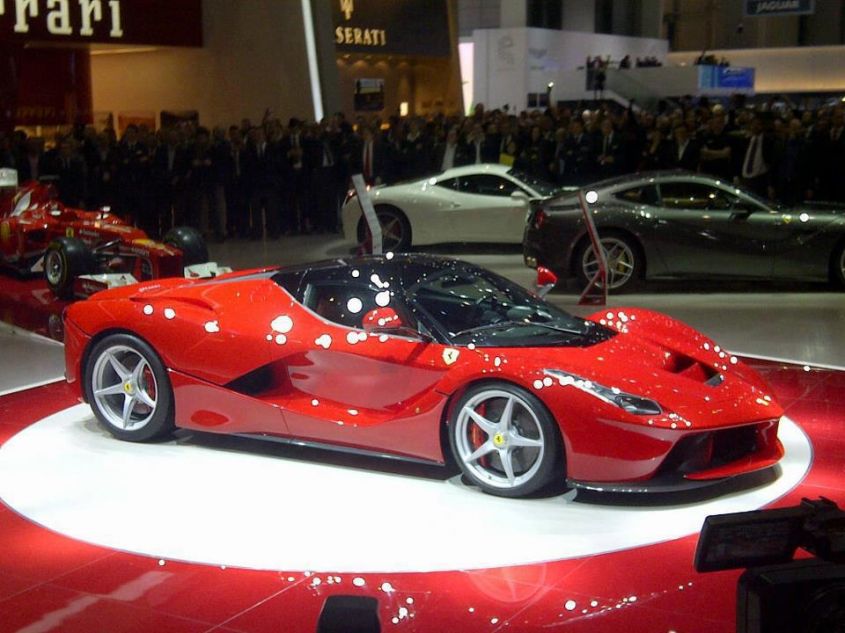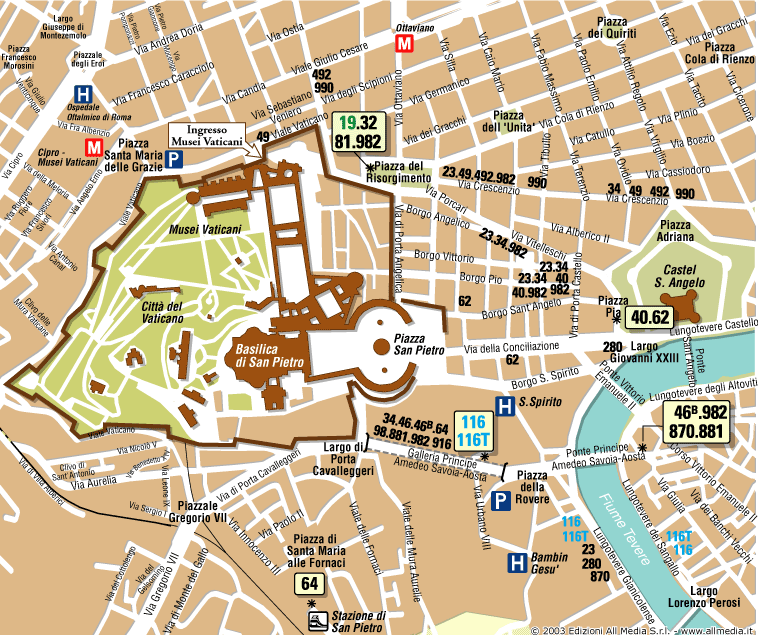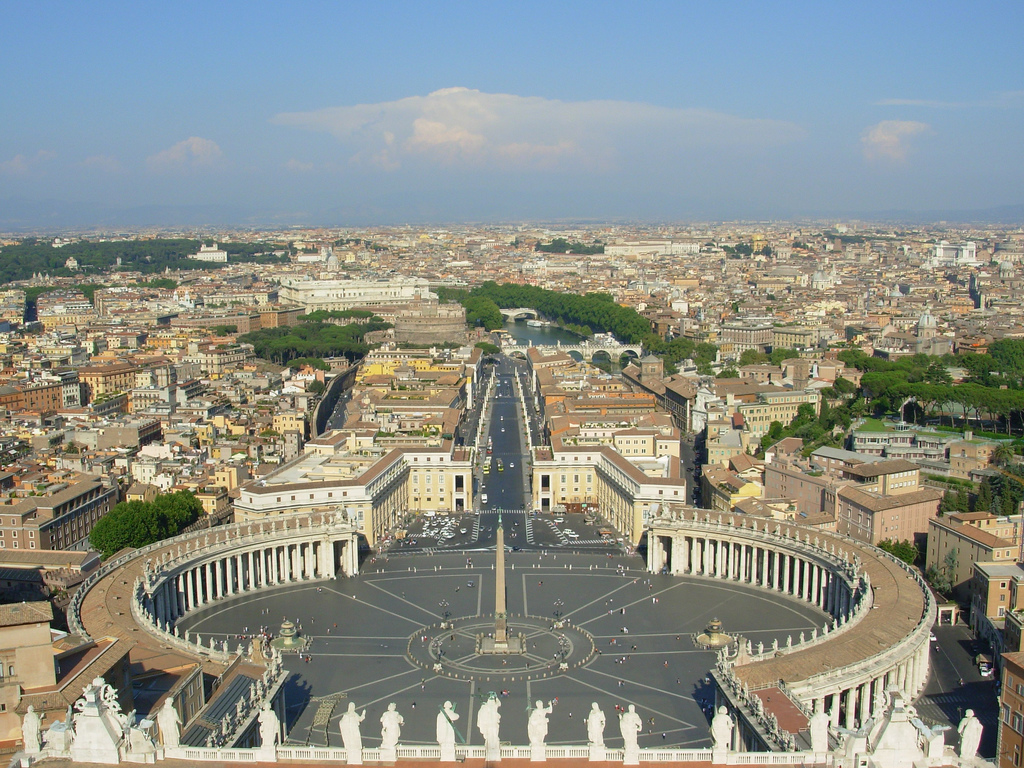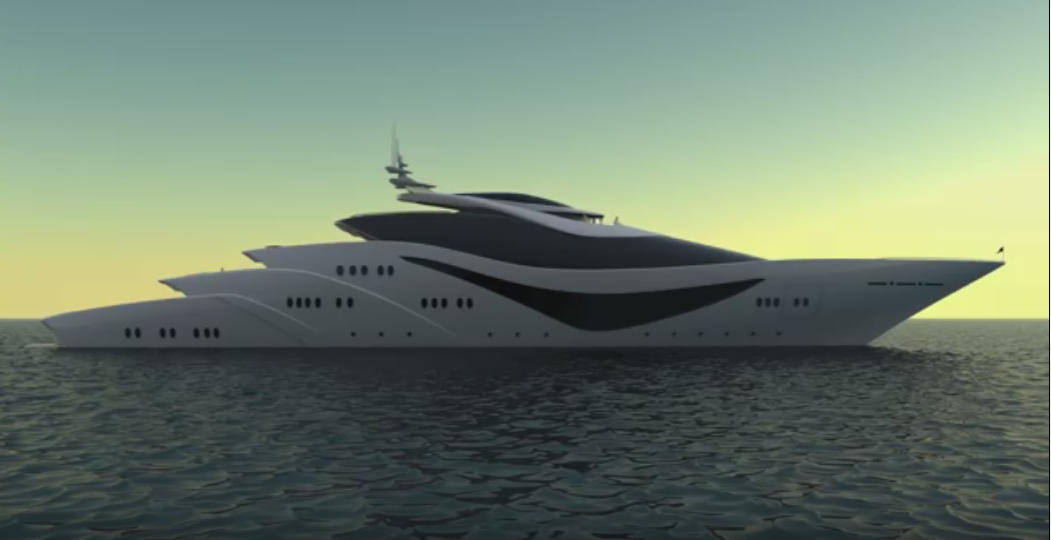
Categoria: English
CHOPI -CHOPI THE ELEGANT
CHOPI -CHOPI THE ELEGANT
The car 400 km / h
Are denominated Supercars or rather hypercar super performance cars that exceed 400 km / h. They represent a true object of desire of all fans Technical development of this type of car it never stops and the various manufacturers always want to build increasingly powerful extraordinary Hypercar they replace versions precede.
Like the Bugatti Chiron for the French group Volkswagen.i that will replace the Veyron, whose construction is completed after 450 units sold between 2005 and 2015. That recall was the car of the record when he arrived on the international scene, the first to offer more than 1,000 horses and to exceed 400 km / h top speed.
The Bugatti Veyron has been a collapse in economic terms because the proceeds from the sales were lower than the costs incurred in the production of these race cars even though the cost of sales was 2.3 million euro. To pronounce the French, “Sciron”, and is a tribute to the pilot Louis Chiron, who won with the Bugatti for the decade 1920/1930 won several races. It will be the most luxurious, the most powerful and the fastest supercar in the world. With these words that leave no room for doubt, Bugatti has announced its new hypercar But we analyze the performance. As for the engine, should be confirmed the powerful turbo W16 of the Veyron, that further development should be brought close to the threshold of 1,500 hp, say sources close to the house. The maximum speed will reach up to 450 Km / h Although nothing has been said not even the price, President Bugatti has confirmed it has already received 100 orders.
Koenigsegg Regera is the new hybrid hypercar Koenigsegg 400 Km / h. 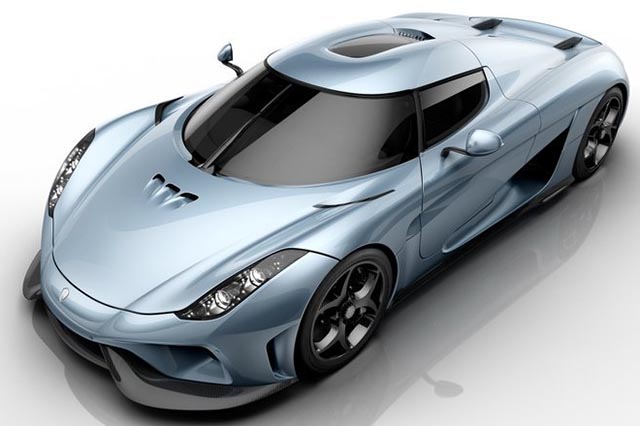
The ‘technical evolution never stops at home Koenigsegg and the manufacturer wanted to surprise everyone with a hybrid hypercar extraordinary performance. The Swedish-built cars, which will be produced in a handful of specimens (80, almost all booked, apparently) to 2.5 million euro price, triggers might by Koenigsegg Direct Drive system motor is directly (thermal) and wheels rear, which reduces by 50% and the power losses compared to a manual or automatic transmission. Direct Drive, allows a greater efficiency and better performance: the total power amounts to 1,500 horsepower and torque reaches 2,000 Nm thanks to the use of an eight-cylinder engine supercharged by a 1.100 horsepower mated to an electric 700hp and 900 Nm.
With these performances the Koenigsegg Regera can take from 0 to 100 kilometers per hour in 2.8 seconds, but the most significant is the acceleration from 0 to 400 kilometers per hour, covered in just 20 seconds.
The Pagani Zonda Revolucion created with the aim of overcoming the limits of the already fast Zonda R, arrives exceed 350 km / h can reach 100 km / h in 2.6 seconds.
Rrappresenta revolution of the concept of art applied to the speed.
Given his business card, there is no reason to doubt. The 6.0 V12 engine developed by Mercedes AMG, evolution of one mounted on the Zonda R, arrives to deliver 800 hp and 730 Nm of torque to a power to weight ratio of 748 hp per tonne (the scale stops at 1,070 kg also by virtue of the monocoque carbon-titanium). The gear change takes only 20 ms due to the sequential magnesium cross while the traction control Bosch 12 adjustments and renewed ABS system allow you to “sew” to measure the behavior of the car. And for detached scream there are Brembo carbon-ceramic discs of the latest generation. To get your hands on the Zonda Revolucion must write a check for 2.2 million euro.
